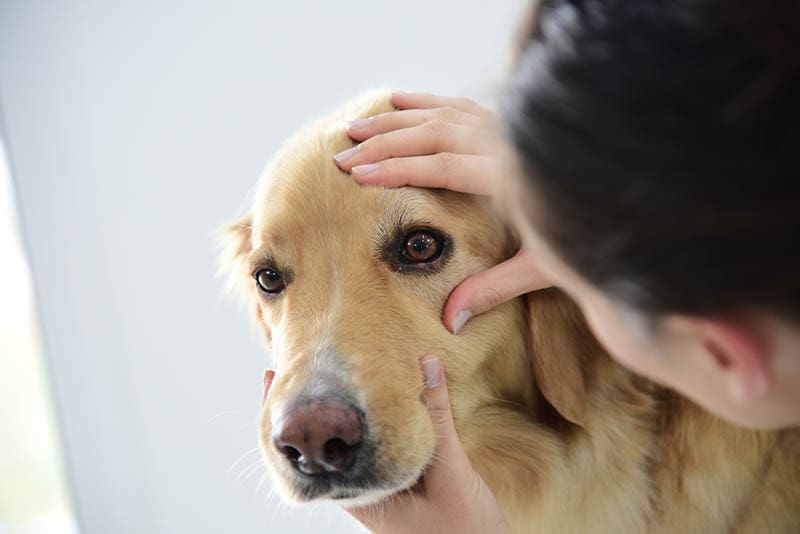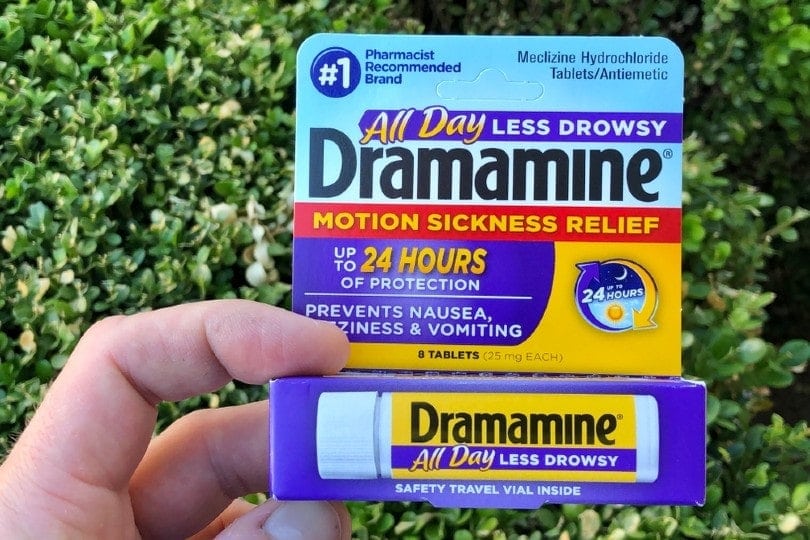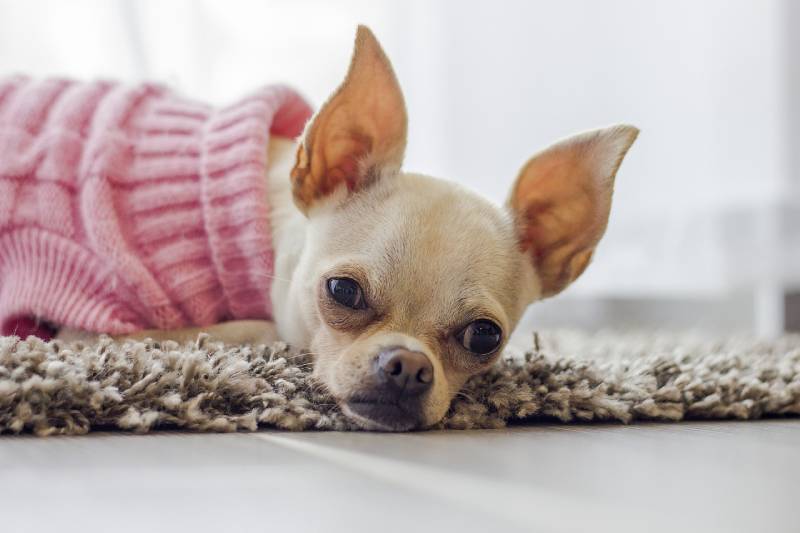8 Common Shiba Inu Health Problems: Our Vet Explains

Updated on
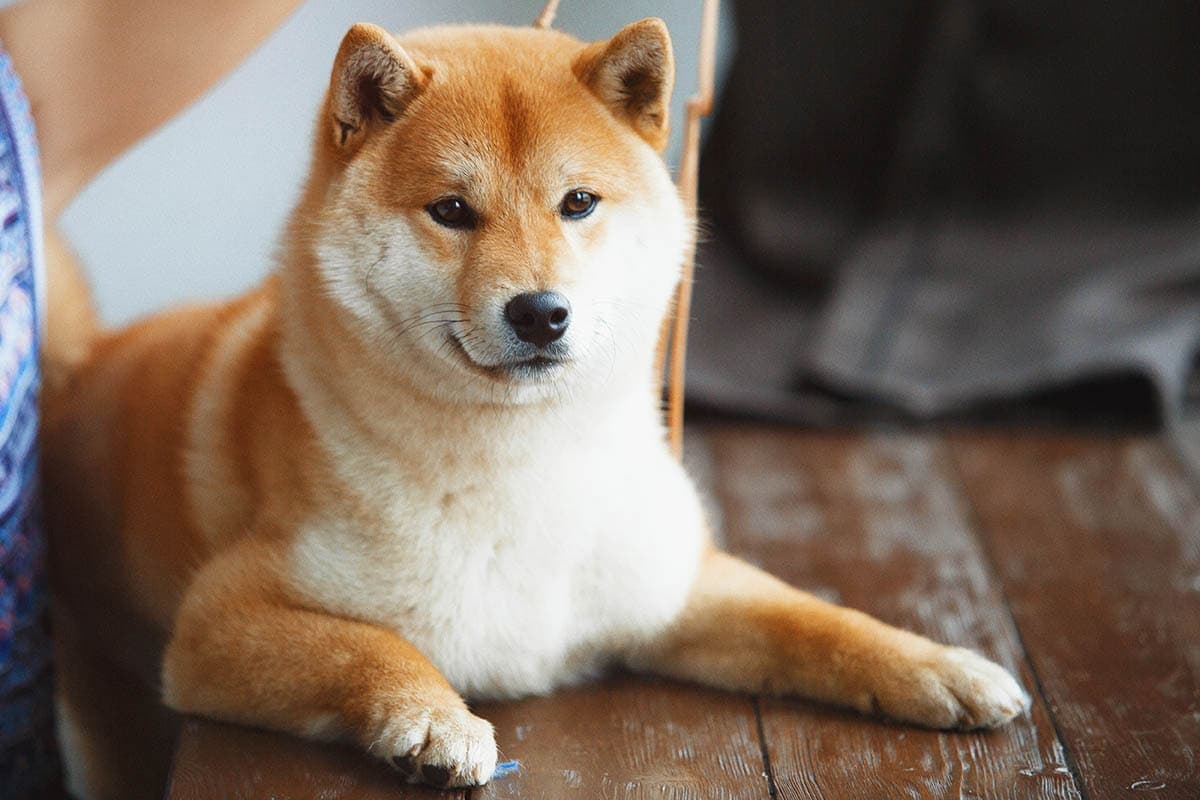
The Shiba Inu is a small to medium breed that originates from Japan. Traditionally Shiba Inus were bred for hunting, but they are becoming an increasingly popular choice for pet owners. Shiba Inus are energetic, highly intelligent, bold, agile, and inquisitive dogs. They can be devoted pets and are affectionate but also very mischievous canines.
They are generally very healthy animals if looked after properly. Despite this, they are genetically predisposed to a number of health issues that any potential owners need to be aware of. This article will discuss in depth some common health problems encountered by Shiba Inus and help you decide if the breed is suitable for you and your family.
The 8 Vet Explained Shiba Inu Health Problems
1. Hip Dysplasia
Hip dysplasia is commonly seen in Shibas. Hip dysplasia is a debilitating disease affecting the ball and socket joint of the hip. At a young age, the ligaments that usually stabilize the hip become loose, and this causes laxity of the joint. When the dog exercises, there is excessive movement of the ball in the socket joint. This causes unnatural remodeling of the joint, making both parts deformed. Secondary osteoarthritis eventually develops. Hip dysplasia causes pain, lameness, and further deterioration of the joint. Mild cases can be managed with medication and lifestyle changes, but severe cases will require surgical procedures, of which there are a few different options depending on the age of the dog.
Shiba Inus are also prone to developing arthritic changes in their joints. There are different treatment options and the earlier the issue is detected, the most comfortable the dog will be. A complete and balanced diet and adequate amounts of exercise are important in reducing joint disease. It is important your Shiba is a healthy weight as if they become overweight, this puts a strain on their joints and will exacerbate conditions such as hip dysplasia.
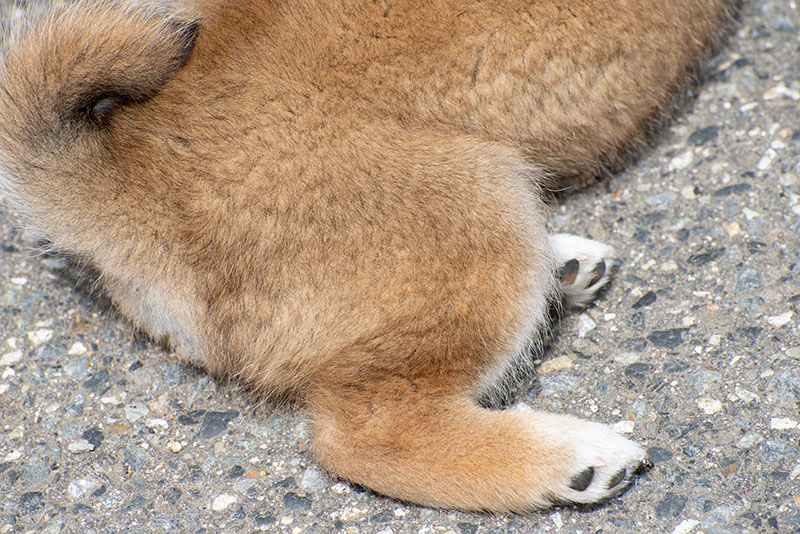
2. Luxating Patella
The patella is the kneecap, and it sits within a tendon over the knee joint. Patellar luxation is a genetic condition where the kneecap is misaligned over the knee joint. When the dog moves, the kneecap pops out of its usual location. Depending on the severity of the condition, some dogs are very lame or have difficulty weight-bearing on the affected leg. They often adopt a hopping or skipping movement when exercising as the patellar moves when the leg is bent.
The condition can be corrected with surgery. If the issue has been identified early and dealt with before arthritic changes in the joint have taken place, the prognosis is good.
3. Hypothyroidism
This is a condition affecting Shiba Inus where their thyroid gland is underactive, so the body doesn’t make enough thyroid hormone. Clinical signs include weight gain, changes in the quality of the coat, hair loss, behavioral changes, more frequent urination, and lethargy. The condition is diagnosed using a blood test, however, it can be challenging to diagnose. Lots of conditions in the body can affect the level of thyroid hormone, including concurrent illnesses. This means that sometimes on a blood test, the thyroid hormone levels will be low, but the dog is not actually hypothyroid. This is called “euthyroid sick syndrome.”
Thyroid hormones affect many organs in the body, so clinical signs can vary greatly. It can be treated with thyroid replacement medication, but there is unfortunately no cure for it. Shiba Inus with the condition will need treatment for life and if left untreated it can cause serious health issues.

4. Glaucoma
Shiba Inus are genetically predisposed to glaucoma, a disease that destroys the optic nerve located in the eye. There is a build-up of fluid in the eye which creates a great deal of pressure and presses on the optic nerve affecting its function. Symptoms include watery discharge from the eyes, pain, holding the eye partially closed, redness, and bulging of the eye. The severity of glaucoma varies depending on the type present.
Usually, treatment is easily available. There are drops that can reduce the amount of fluid building up and in extreme cases, surgery can be carried out. If left untreated the vision of the dog is compromised.
5. Cataracts
Cataracts are often seen in older Shiba Inus. The lens of the eye gradually becomes more opaque or cloudy, meaning the dog can’t see out of it. The opacity on the lens can develop at an early age in Shiba Inus, however, it is more commonly seen in older adults.
As it occurs slowly over time, many Shibas cope well and adapt as their sight reduces. There are surgical options to remove the cataracts if needed.
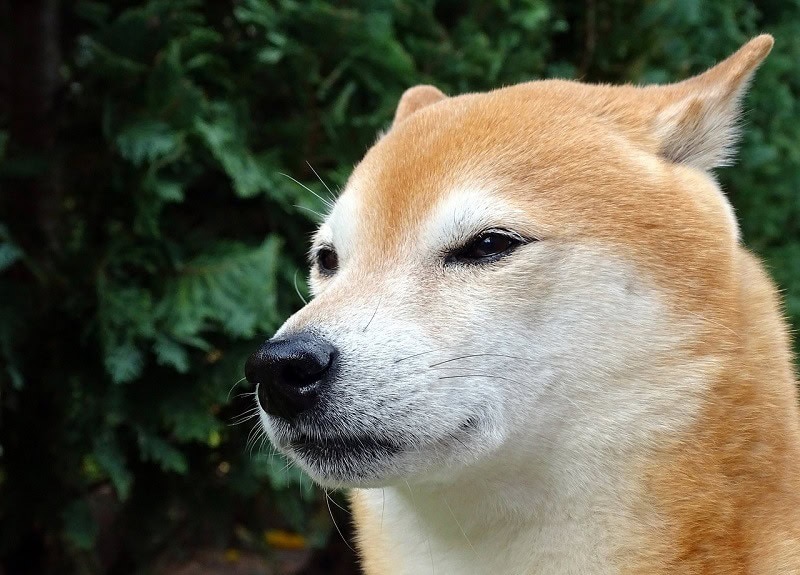
6. Progressive Retinal Atrophy (PRA)
This is another genetic eye problem affecting Shiba Inus. It is a degenerative disease, which means the condition of the eye gradually deteriorates. The photoreceptors at the back of the eye fail so over time vision is lost. There is no cure, unfortunately, and it does eventually result in complete blindness.
7. Allergic Skin Disease
Shiba Inus are known to develop skin diseases. They are known to suffer from atopy, also known as atopic dermatitis. This is an allergic skin disease that causes the dog to be extremely itchy. There are various causes, the dog usually reacts to something in their environment. Signs include redness, itching, fur loss, scaling, scabs, and damaged skin. It can be a very distressing and debilitating disease.
There are many different treatment options available, some treat the clinical signs while others focus on the underlying cause.
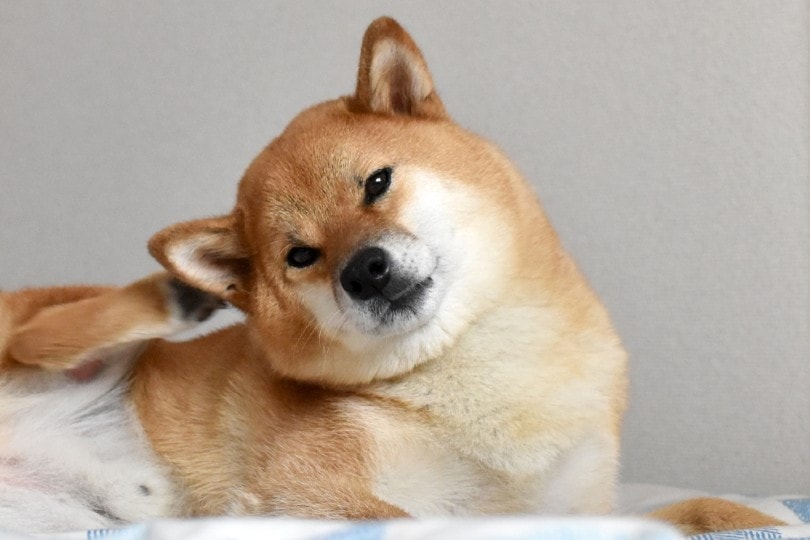
8. Dental Disease
Shiba Inus are fairly prone to dental disease. Tartar builds up easily in their mouths and gum and tooth infections develop quickly. It is important to keep up with regular brushing of teeth to prevent plaque and tartar build-up. Your vet should be frequently checking your Shibas teeth too to ensure they are in a healthy condition.
Conclusion
Any responsible dog owner will want to arm themselves with the knowledge of health concerns specific to their dog. It is important to be aware of issues that your dog is predisposed to. Firstly, to take any preventative measures possible, and secondly to recognize signs of diseases quickly.
Owners must ensure their Shiba has the best quality of life by feeding them a complete and balanced diet, making sure they have plenty of exercise, and keeping up to date with vet check-ups and vaccinations. If any behavioral changes or potential health problems are noticed, an appointment with the vet should be made as soon as possible.
Featured Image Credit: Akbudak Rimma, Shutterstock


